Home>Storage & Organization>Closet & Wardrobe Organization>How To Organize A Room With Too Much Stuff
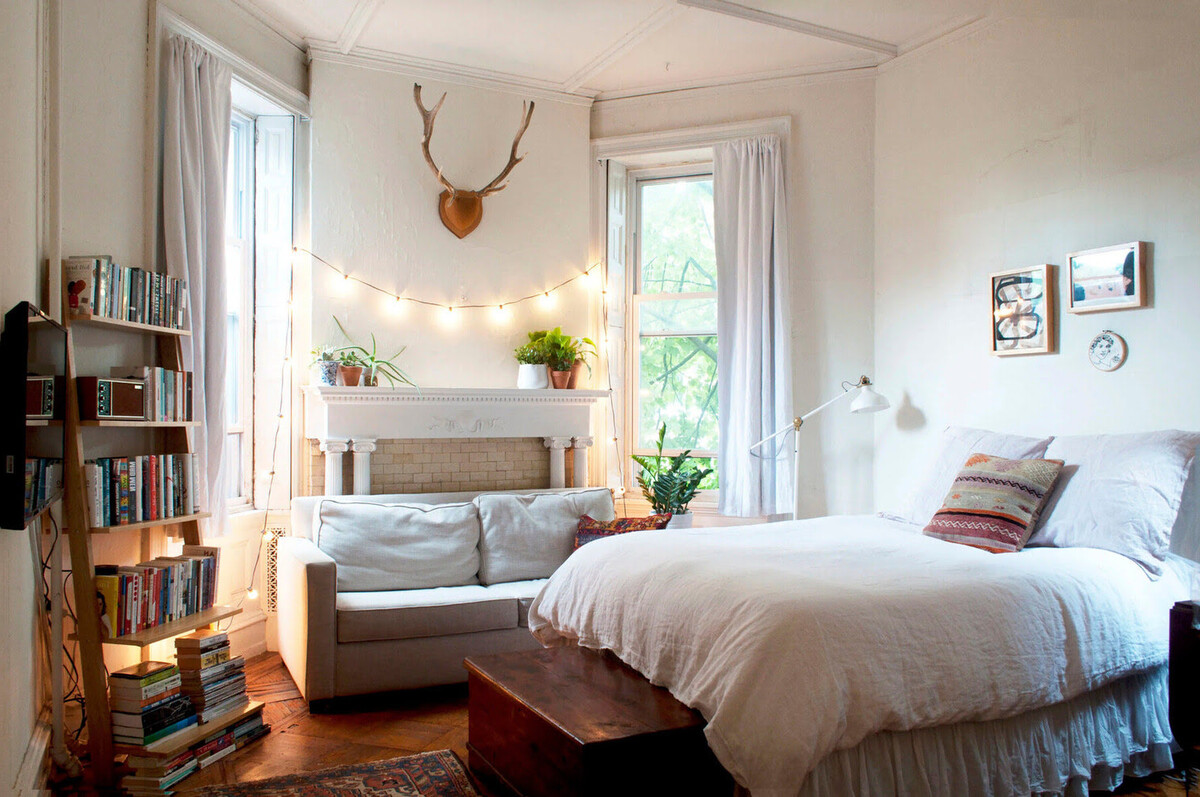

Closet & Wardrobe Organization
How To Organize A Room With Too Much Stuff
Modified: October 20, 2024
Learn how to declutter and organize your closet and wardrobe with our expert tips. Say goodbye to a messy room and hello to a well-organized space!
(Many of the links in this article redirect to a specific reviewed product. Your purchase of these products through affiliate links helps to generate commission for Storables.com, at no extra cost. Learn more)
Assessing the Situation
So, you've got a room that's bursting at the seams with too much stuff. The first step to getting it organized is to assess the situation. Take a good look around and ask yourself: What's the main purpose of this room? What items are essential and what can be discarded or stored elsewhere? Are there any specific areas that are particularly cluttered? By answering these questions, you can start to form a plan of action for tackling the mess. Remember, a clear understanding of the current state of the room is crucial for effective organization.
Key Takeaways:
- Start small by decluttering and sorting one area at a time using the three-box method. Be ruthless in decision-making and consider storage solutions to keep the room organized and functional.
- Maximize storage space by utilizing vertical space, multi-functional furniture, closet organizers, and under-bed storage. Implement organizational tools like storage bins, labeling systems, and cable management solutions for a clutter-free space.
Decluttering and Sorting
-
Start Small: Tackling a room with too much stuff can be overwhelming, so it's best to start small. Begin with one area or category, such as clothes, books, or kitchen items. This approach can help prevent you from feeling daunted by the task at hand.
-
The Three-Box Method: Grab three boxes or bins and label them as "Keep," "Donate/Sell," and "Trash." As you go through your items, place each one into the appropriate box. This method can make the decluttering process more systematic and efficient.
-
Be Ruthless: When sorting through your belongings, be ruthless in your decision-making. If you haven't used or worn something in the past year, it might be time to let it go. Remember, the goal is to create a more organized and functional space.
-
Consider Storage Solutions: If there are items you're hesitant to part with, consider investing in storage solutions such as under-bed storage containers, hanging organizers, or shelving units. These can help keep your belongings organized without cluttering up the room.
-
One In, One Out Rule: To prevent the room from becoming cluttered again, implement the "one in, one out" rule. For every new item you bring into the room, make an effort to remove an old one. This can help maintain a balanced and clutter-free space.
-
Get the Whole Family Involved: If the room is a shared space, get the whole family involved in the decluttering process. Assign specific tasks to each person and make it a team effort. Not only will this lighten the workload, but it will also instill a sense of responsibility for maintaining the organized space.
By following these decluttering and sorting tips, you can gradually transform a room with too much stuff into a well-organized and functional space.
Maximizing Storage Space
-
Utilize Vertical Space: Make the most of vertical space by installing tall shelving units or bookcases. This not only provides ample storage for books, decor, and other items but also draws the eye upward, making the room appear larger.
-
Multi-Functional Furniture: Invest in multi-functional furniture pieces such as ottomans with hidden storage, bed frames with built-in drawers, or coffee tables with shelving. These pieces serve a dual purpose by providing storage while also serving their primary function.
-
Closet Organizers: If the room has a closet, maximize its storage potential by using closet organizers. Install shelves, hanging rods, and shoe racks to efficiently utilize the space and keep clothing and accessories neatly organized.
-
Utilize Doors and Walls: Don't overlook the potential of doors and walls for storage. Over-the-door organizers, hooks, and pegboards can be used to hang items such as jewelry, accessories, or craft supplies, freeing up valuable floor and surface space.
-
Under-Bed Storage: Utilize the space under the bed by using under-bed storage containers. These containers are perfect for storing out-of-season clothing, extra linens, or other items that are not frequently accessed.
-
Maximize Closet Space: If the room has a closet, make the most of its space by using slimline hangers, stackable storage bins, and drawer organizers. This will help maximize the available space and keep the closet tidy and accessible.
By implementing these strategies, you can effectively maximize the storage space in a room with too much stuff, ensuring that every inch of the room is utilized efficiently.
Start by decluttering and getting rid of items you no longer need or use. Then, categorize the remaining items and find storage solutions such as bins, shelves, and organizers to keep everything in its place.
Utilizing Organizational Tools
When it comes to organizing a room with too much stuff, utilizing the right organizational tools can make a world of difference. Here are some essential tools and products to consider:
-
Storage Bins and Baskets: Invest in a variety of storage bins and baskets to corral items such as toys, accessories, or craft supplies. Choose containers that are both functional and aesthetically pleasing to complement the room's decor.
-
Drawer Dividers and Organizers: Keep drawers tidy and organized with the help of drawer dividers and organizers. These tools are perfect for separating and categorizing small items such as socks, underwear, jewelry, or office supplies.
-
Labeling Systems: Implement a labeling system to clearly identify the contents of storage bins, boxes, and shelves. Label makers or adhesive labels can help ensure that everything has its designated place, making it easier to locate items when needed.
-
Cable Management Solutions: If the room contains electronic devices and cords, invest in cable management solutions to keep cords and cables neatly organized and out of sight. Cable clips, cord organizers, and cable sleeves can help prevent a tangled mess of wires.
-
Pegboards and Wall Grids: Install pegboards or wall grids to create vertical storage for items such as tools, craft supplies, or kitchen utensils. These versatile organizational tools can be customized with hooks, baskets, and shelves to accommodate a variety of items.
-
Clear Storage Containers: Opt for clear storage containers for items that are frequently accessed or need to be visible. Clear containers allow you to see the contents at a glance, making it easier to locate specific items without rummaging through multiple containers.
-
Shoe Racks and Organizers: Keep shoes organized and off the floor with the help of shoe racks and organizers. Whether it's a hanging shoe organizer for the closet or a shoe rack for the entryway, these tools can prevent a jumble of shoes from cluttering the room.
By incorporating these organizational tools into the room, you can effectively streamline the organization process and maintain a clutter-free and functional space.
Creating a Functional Layout
When it comes to organizing a room with too much stuff, creating a functional layout is essential for maximizing space and ensuring easy access to items. Here are some tips for designing a layout that promotes organization and efficiency:
-
Assess Traffic Flow: Consider the natural flow of movement within the room and arrange furniture and storage solutions to allow for easy navigation. Avoid placing large pieces of furniture in pathways or blocking access to essential areas.
-
Zone Design: Divide the room into specific zones based on its primary functions. For example, in a bedroom, you may have a sleeping zone, a dressing zone, and a workspace. By delineating these zones, you can allocate storage and furniture accordingly, creating a more organized and purposeful layout.
-
Functional Furniture Placement: Arrange furniture in a way that optimizes space and functionality. For instance, position a desk near a power outlet for easy access to electronics, or place a reading nook near a window to take advantage of natural light. Consider the intended use of each area and place furniture accordingly.
-
Clear Pathways: Ensure that there are clear pathways between furniture and storage areas. This not only enhances the room's visual appeal but also facilitates easy movement and access to items. Avoid overcrowding the space with unnecessary furniture or decor.
-
Consider Accessibility: Store frequently used items within easy reach and less frequently used items in higher or lower storage areas. This ensures that everyday essentials are readily accessible, while seasonal or occasional items can be stored in less accessible spaces.
-
Balance and Symmetry: Aim for a balanced and symmetrical layout to create a sense of harmony in the room. Symmetry can be achieved through the placement of matching furniture, balanced lighting, and consistent storage solutions.
-
Flexible Arrangements: Opt for furniture and storage solutions that offer flexibility. Consider pieces that can be easily repositioned or repurposed to accommodate changing needs. This adaptability allows the room to evolve with its use over time.
By implementing these strategies, you can create a functional layout that optimizes space, promotes organization, and enhances the overall usability of a room with too much stuff.
Frequently Asked Questions about How To Organize A Room With Too Much Stuff
Was this page helpful?
At Storables.com, we guarantee accurate and reliable information. Our content, validated by Expert Board Contributors, is crafted following stringent Editorial Policies. We're committed to providing you with well-researched, expert-backed insights for all your informational needs.

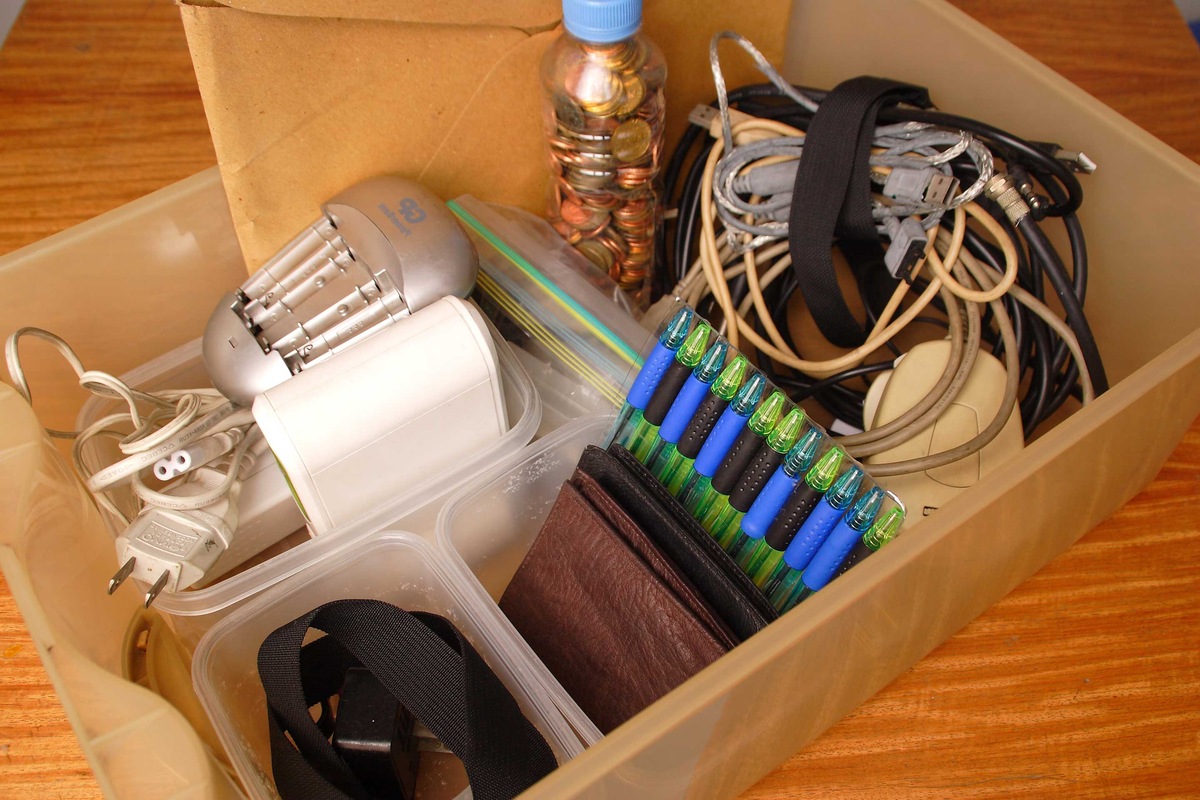

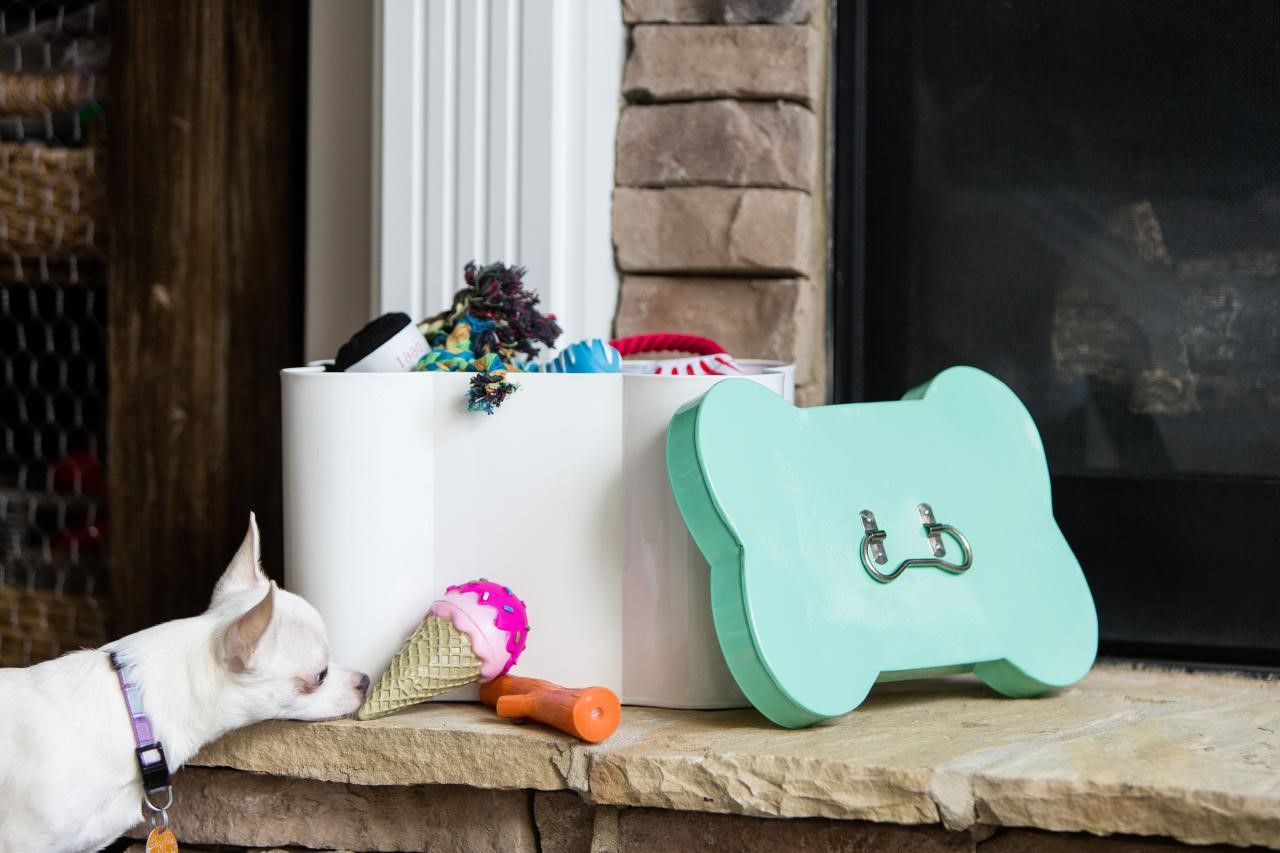
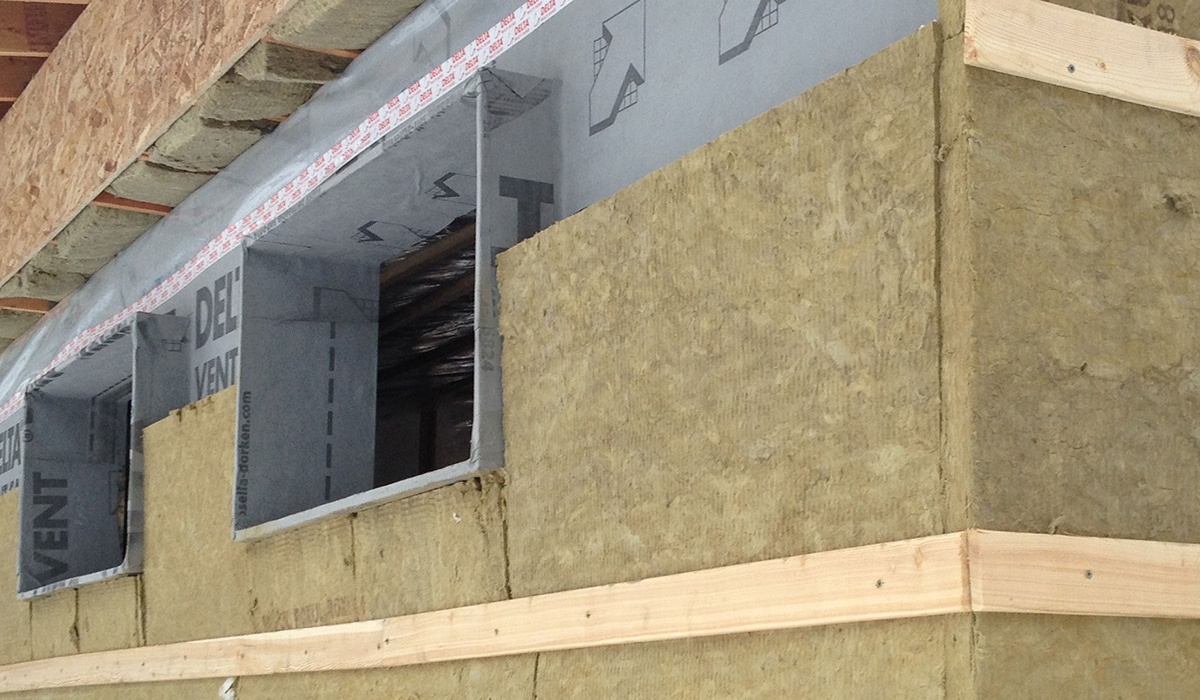

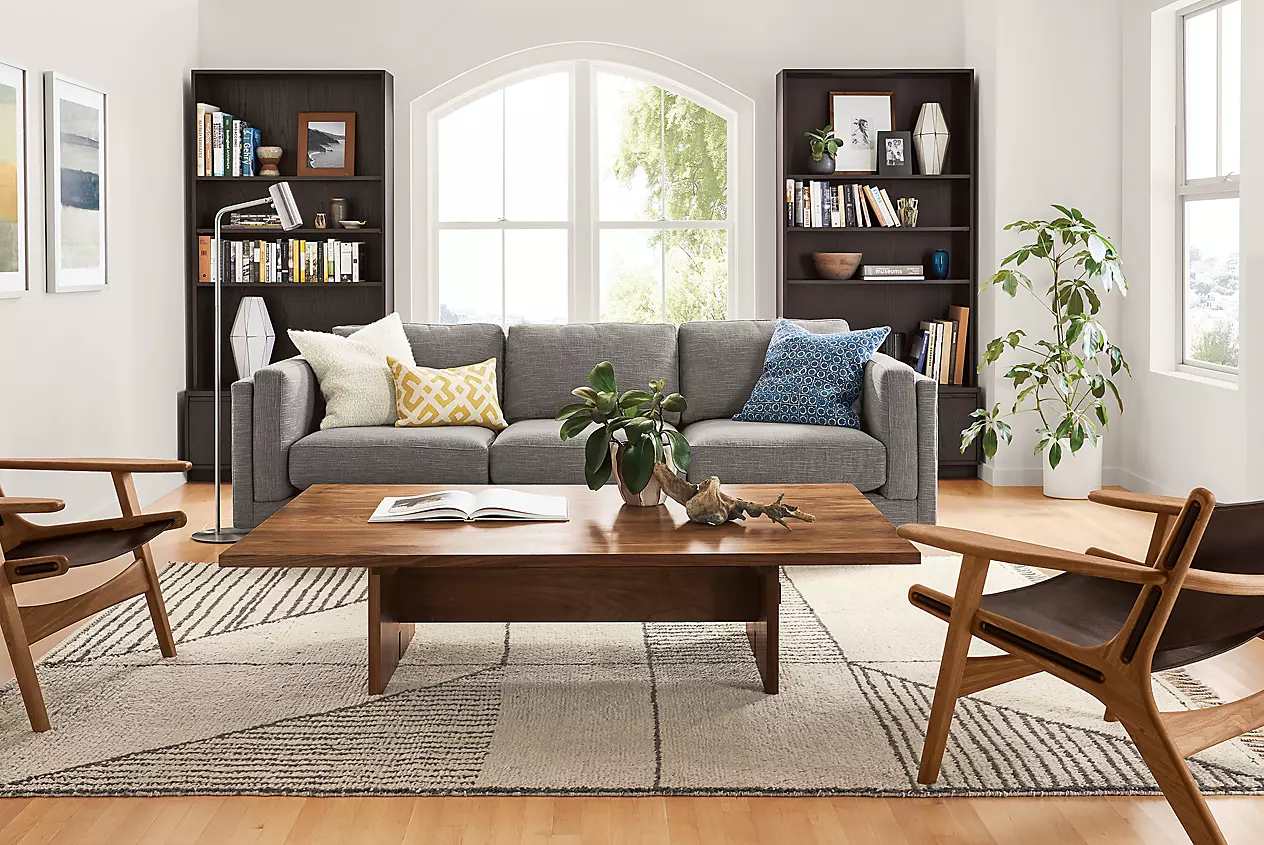
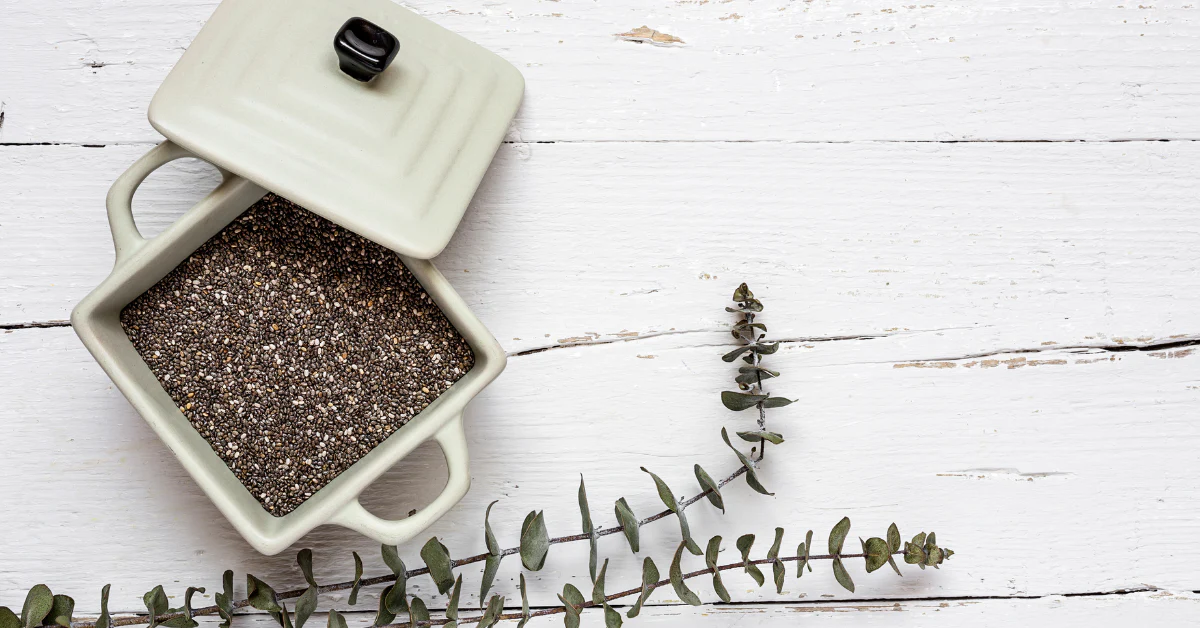

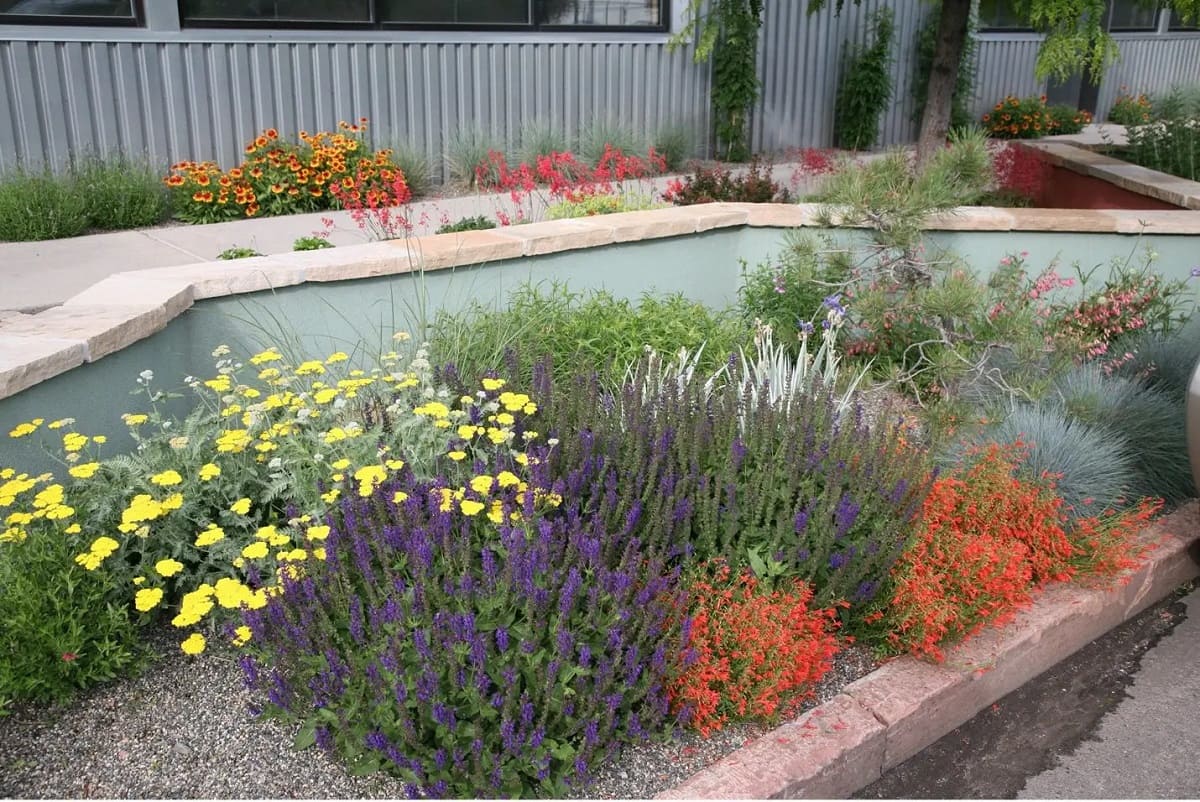
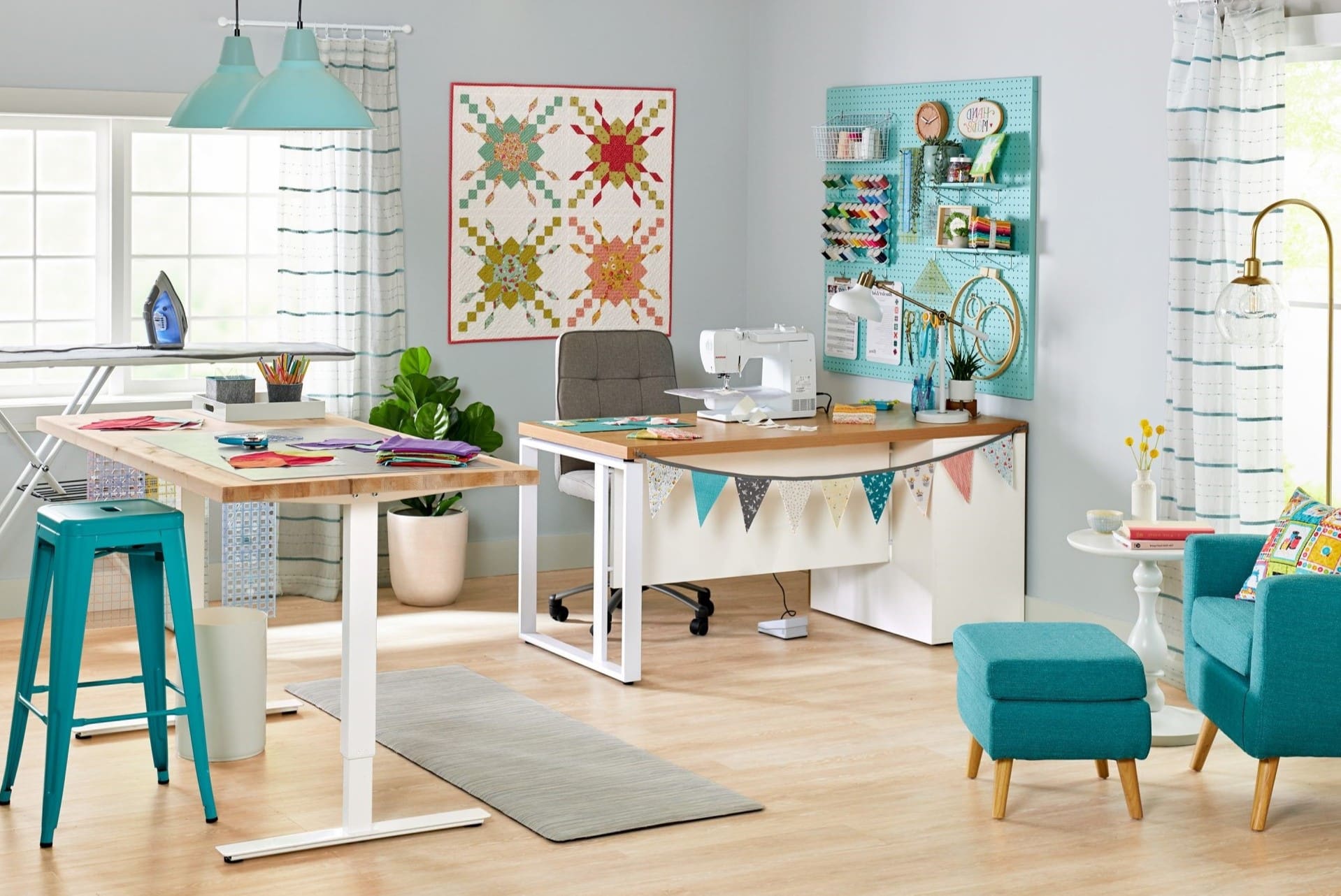
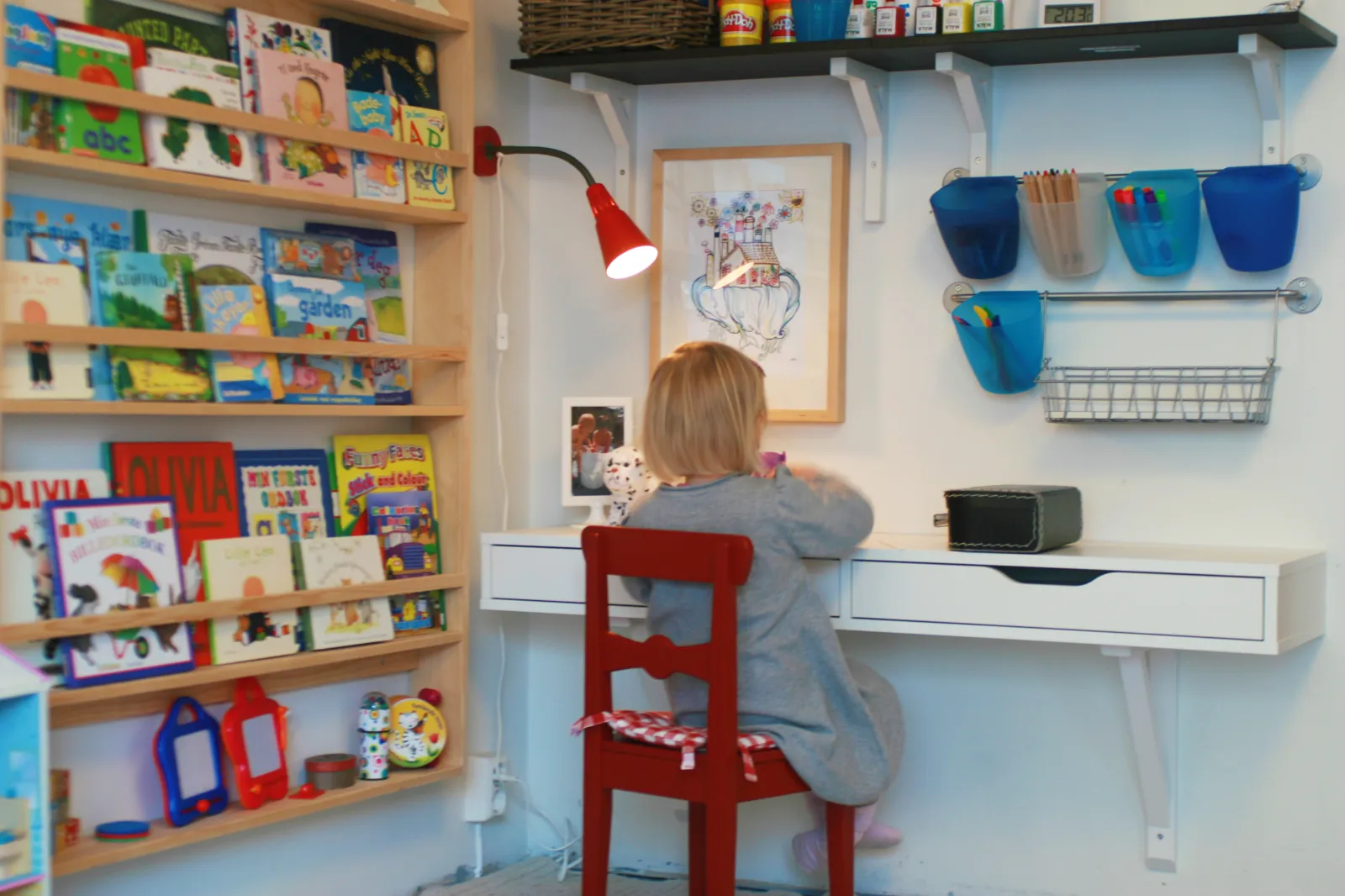
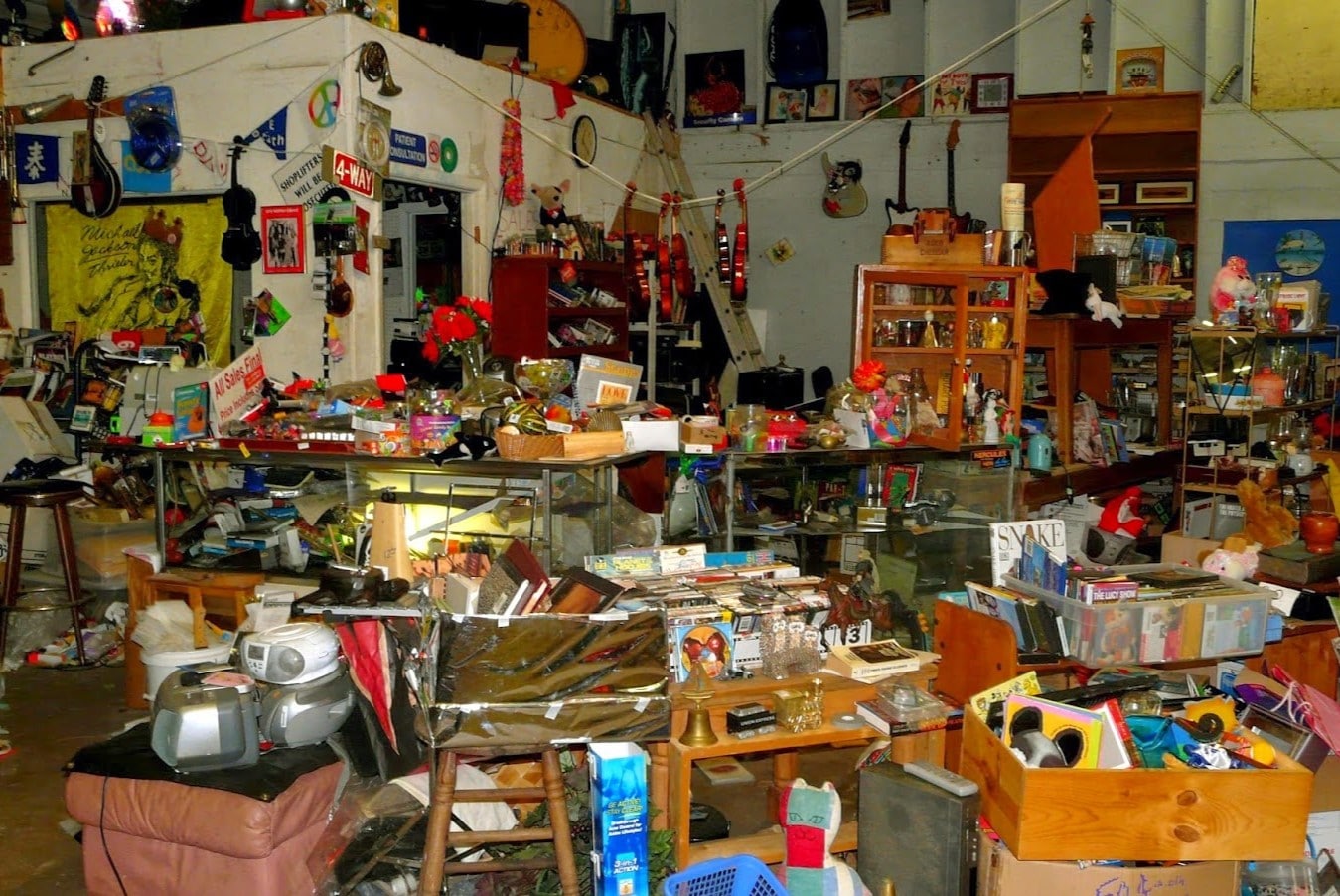
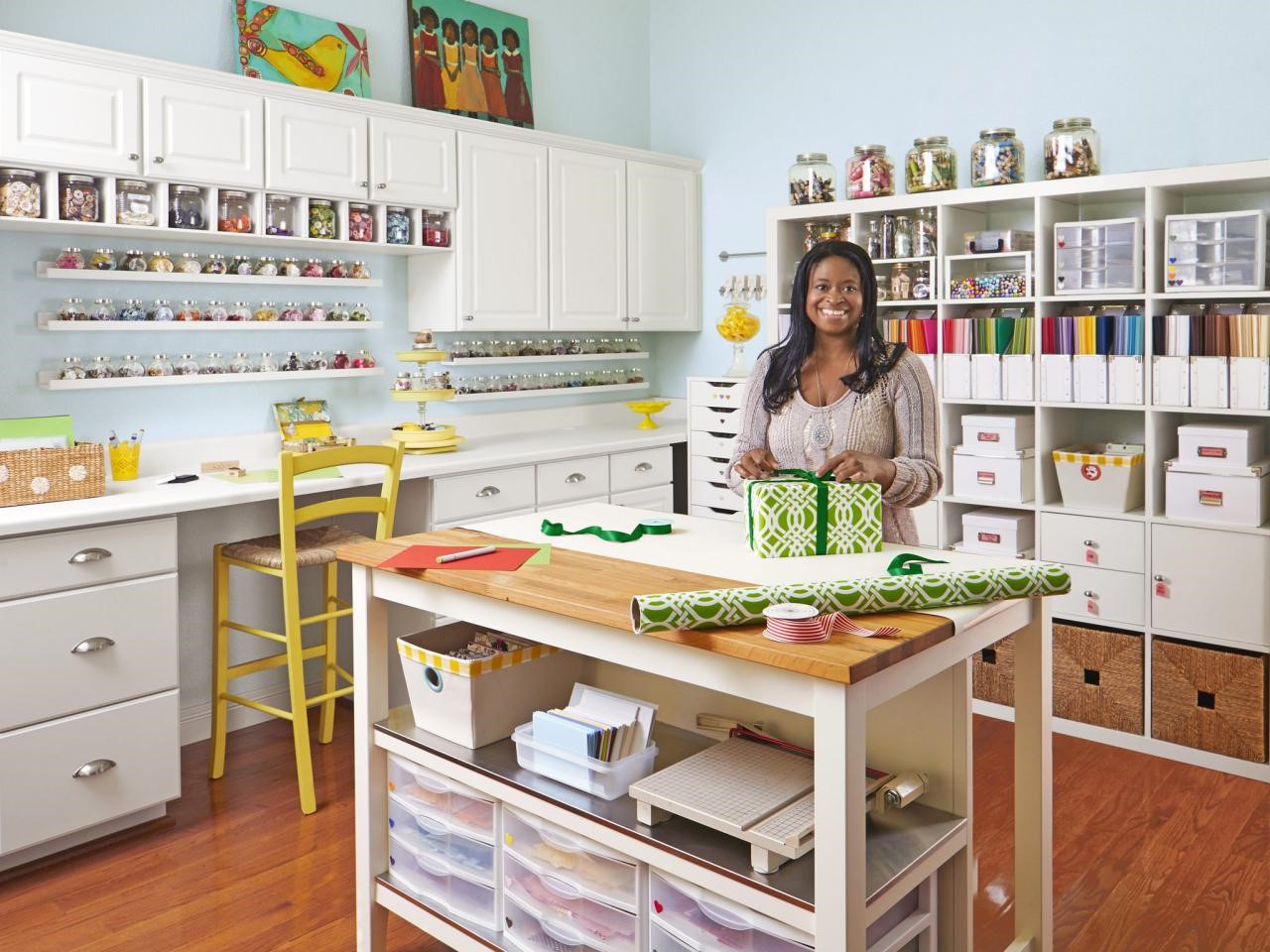
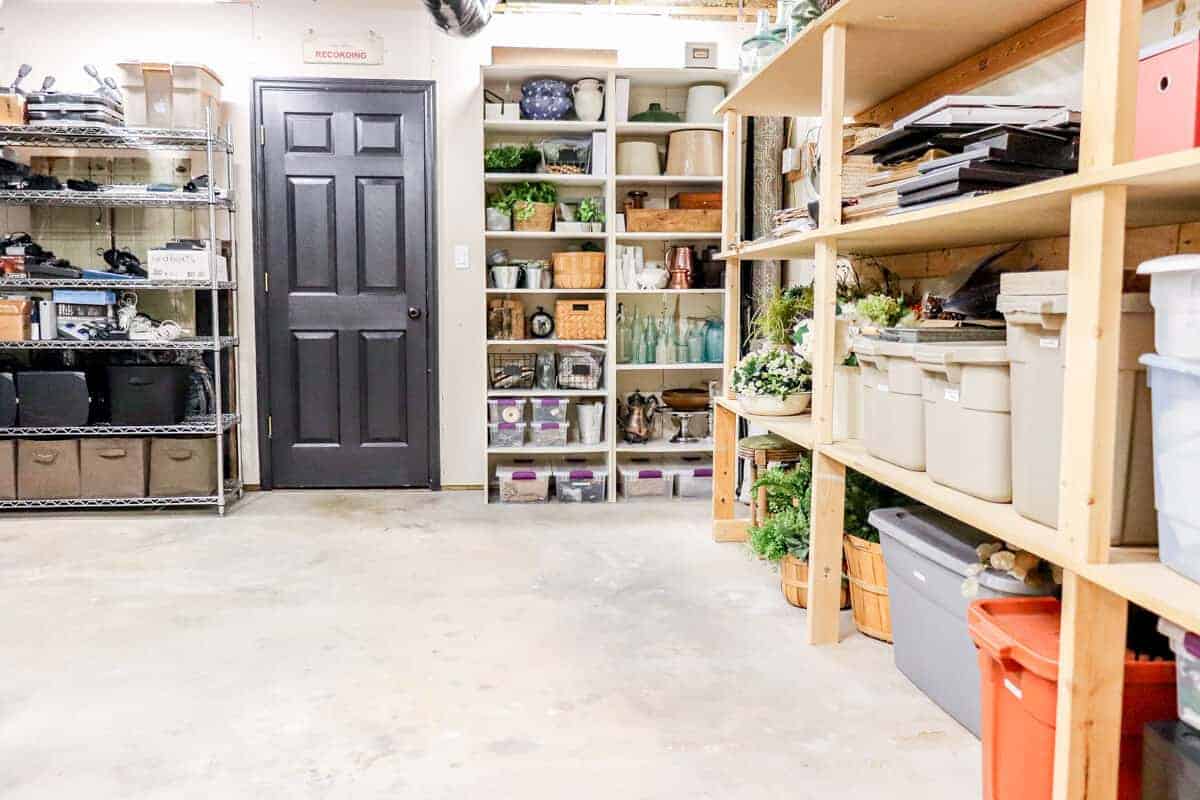

0 thoughts on “How To Organize A Room With Too Much Stuff”